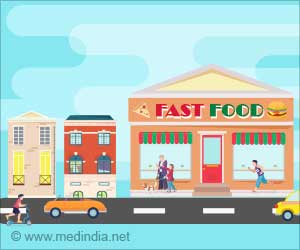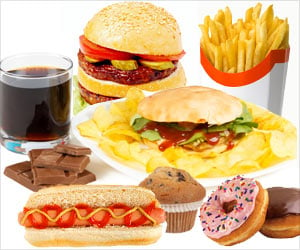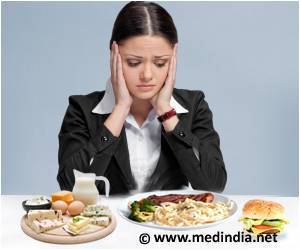Eating fast food is linked to non-alcoholic fatty liver disease, a potentially fatal illness in which fat accumulates in the liver, revealed a new study.
- Healthy livers contain very little fat, usually less than 5%, and even a slight increase in fat can lead to non-alcoholic fatty liver disease
- Obese or diabetic patients who consume 20% or more of their daily calories from fast food have much higher levels of fat in their liver than those who consume less or no fast food
- This can provide people extra motivation to reduce fast-food consumption
The study discovered that eating fast food is linked to non-alcoholic fatty liver disease, a potentially fatal illness in which fat accumulates in the liver.
Fast Food Increases Liver Fat
Researchers discovered that patients with obesity or diabetes who eat fast food for 20% or more of their daily calories have much higher levels of fat in their liver than those who eat less or no fast food. When one-fifth or more of their diet consists of fast food, the general population has moderate increases in liver fat.Do Healthy Livers Contain Fat
“Healthy livers contain a small amount of fat, usually less than 5%, and even a moderate increase in fat can lead to non-alcoholic fatty liver disease,” said Ani Kardashian, M.D., a hepatologist with Keck Medicine and lead author of the study. “The severe rise in liver fat in those with obesity or diabetes is especially striking, and probably because these conditions cause a greater susceptibility for fat to build up in the liver.”While a prior study has revealed a correlation between fast food and obesity and diabetes, Kardashian claims that this is one of the first studies to indicate the deleterious impact of fast food on liver health.
The findings also show that a small amount of fast food, which is high in carbohydrates and fat, might be harmful to the liver. “If people eat one meal a day at a fast-food restaurant, they may think they are not harming,” said Kardashian. “However, if that one meal equals at least one-fifth of their daily calories, they are putting their livers at risk.”
Progression of Non-Alcoholic Fatty Liver Disease
Non-alcoholic fatty liver disease, commonly known as hepatic steatosis, can progress to cirrhosis, or scarring of the liver, which can lead to cancer or failure of the liver. Over 30% of the population in the United States has liver steatosis.Fast Food Intake Affects Liver Health
Kardashian and colleagues used the most recent data from the 2017-2018 National Health and Nutrition Examination Survey, the nation’s largest annual nutritional survey, to establish the influence of fast-food intake on liver steatosis.The study defined fast food as meals, including pizza, from a drive-through or a restaurant without wait staff.
The researchers compared the fatty liver measurements of about 4,000 persons whose fatty liver values were included in the study to their fast-food consumption.
52% of those polled had eaten fast food. 29% of these people got one-fifth or more of their daily calories from fast food. Only 29% of study participants reported an increase in liver fat levels.
Even after data were controlled for age, gender, race, ethnicity, alcohol consumption, and physical activity, the link between liver steatosis and a 20% fast-food diet remained consistent in both the general population and those with obesity or diabetes.
“Our findings are particularly alarming as fast-food consumption has gone up in the last 50 years, regardless of socioeconomic status,” said Kardashian. “We’ve also seen a substantial surge in fast-food dining during the COVID-19 pandemic, which is probably related to the decline in full-service restaurant dining and rising rates of food insecurity. We worry that the number of those with fatty livers has gone up even more since the time of the survey.”
She thinks that the findings would motivate healthcare practitioners to deliver more nutrition education to patients, particularly those who are obese or diabetic and who are at a higher risk of getting fatty liver from fast food. Currently, the only option to treat hepatic steatosis is to change one’s diet.
Source-Medindia
















